Reading music seems like a daunting task for many students beginning lessons. Although there are really no shortcuts, reinforcing specific strategies could prove helpful in learning how to read sheet music for beginners. This article explores several concepts to bolster confidence in recognizing notes and rhythms and reading them more easily.
Learn the Music Alphabet Fluently
Learning the music alphabet sounds like an easy first step, especially since there are only seven letter names: A, B, C, D, E, F, and G. It is vital in reading sheet music to know the letters forward and backward, or in music terms, ascending and descending.
However, beginner students often struggle with starting on a letter other than A and knowing what is immediately after it. Likewise, knowing the letters fluently in descending order can also be a real challenge.
As a first step, students can mentally practice saying and thinking through the music alphabet repeatedly until it becomes effortless. Once they can easily name the notes consecutively going up or down, they can practice other variations with skips to reinforce knowing the letter order.
Concentrate on Learning One Clef at a Time
A student taking piano will quickly need to learn treble and bass clef, but it is a good idea to focus only on one to get started. When a student practices faithfully, it will not take long to feel comfortable reading both clefs.
The clef symbols indicate the name of a specific line. The treble clef encircles the music staff’s second line, which is G, located above middle C. From the G, the music alphabet letters continue consecutively for each space and line found above and below G.
When students realize how to use the guide note indicated by the clef, they always have an easy way to figure out the names of the lines and spaces.
Another way to supplement note recognition on each clef is to work on isolating only line notes or only space notes. Through flashcards or other repetitive practice, students can often help improve note recognition speed and fluency.
Study Note Values, Rests, and Rhythm
Students tremendously benefit when they practice clapping and counting rhythms separately without the added stress of playing their instruments. Isolating rhythm practice enables students to be more confident when seeing note values and rests within their sheet music.
Learn all Other Music Notation
Music contains many markings indicating dynamics, articulation, and other symbols relevant to each specific instrument. Students taking the time to study all notations on the page and look up ones they do not know will be much more likely to remember them.
Summary: Practice Concepts Separately, then Put It All Together
As suggested throughout this article, beginner students can learn quickly by isolating each part of the music reading process and practicing them. Repetition and consistent practice on note recognition, rhythms, and other musical symbols, they will be able to put it all together very quickly.
Super Easy Songbook
Free download: Sheet music for piano with right-hand melody and chord diagrams
Super Easy Songbook of Top Hits. Arrangements for piano with chord diagrams. Includes 22 great songs: Dancing with a Stranger, Girls like You, High Hopes, A Million Dreams, Old Town Road, Someone You Loved, Sunflower, Sucker, Without Me, You Are the Reason and more.


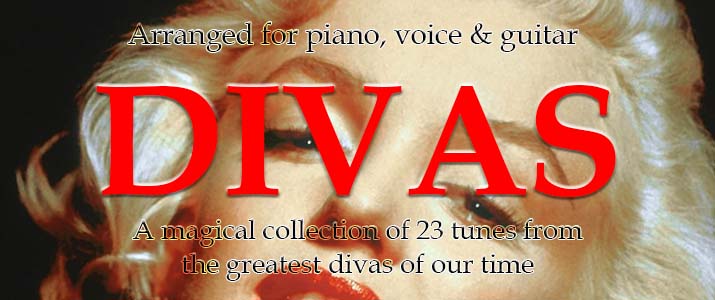

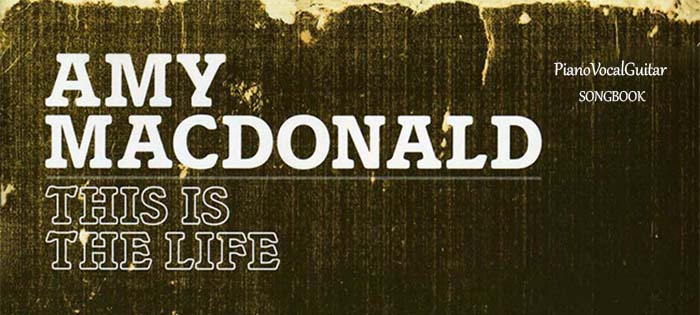

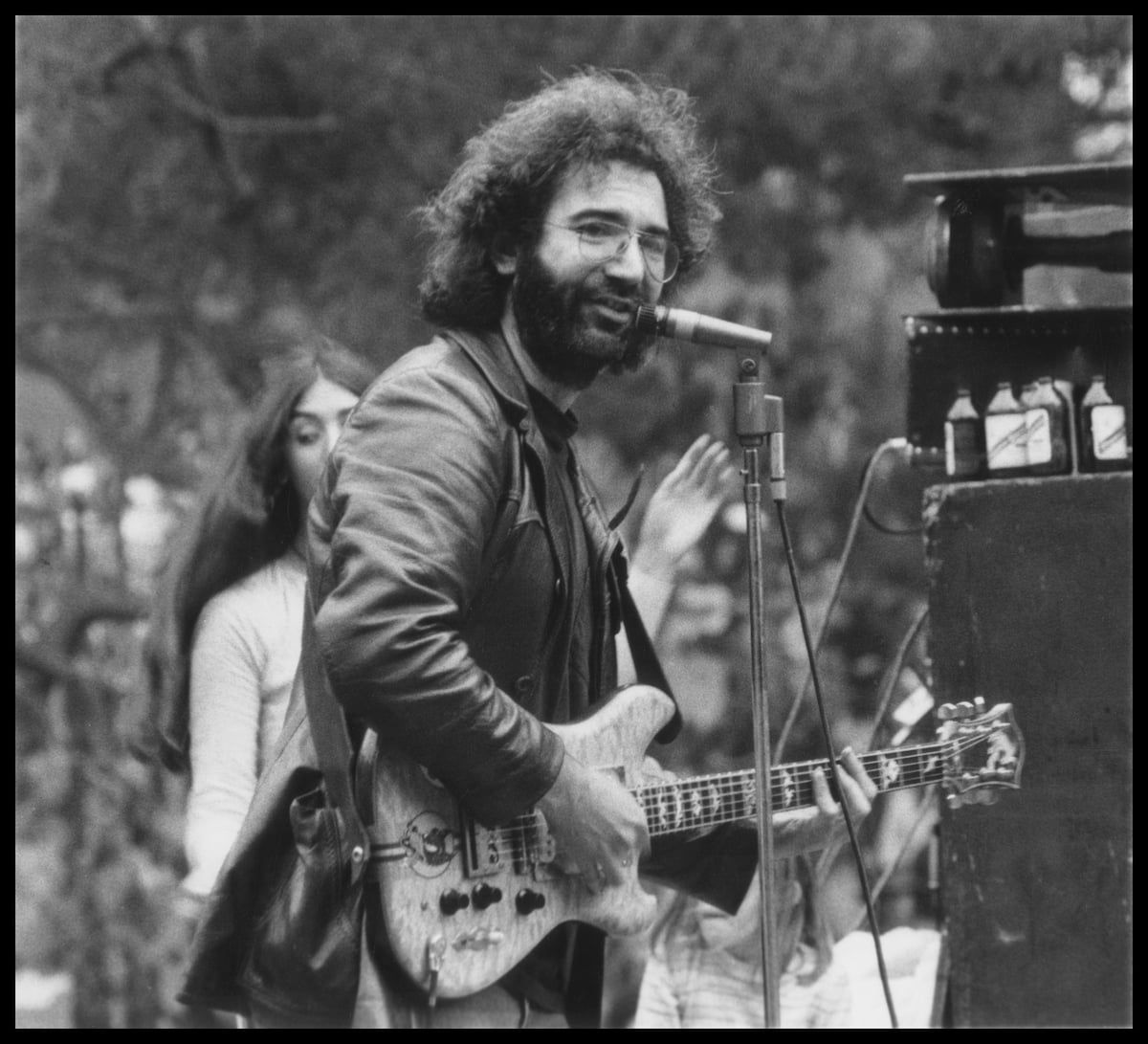

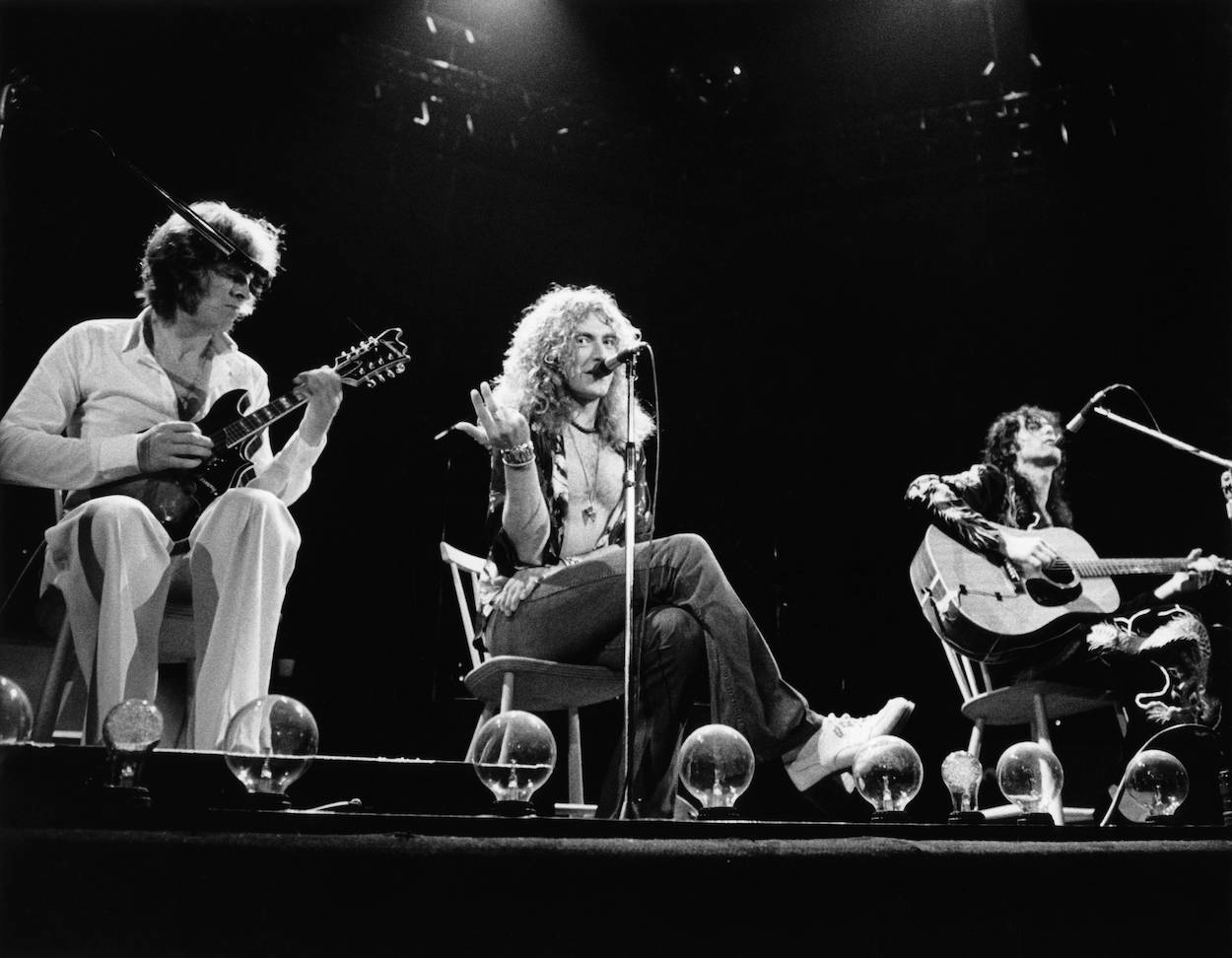
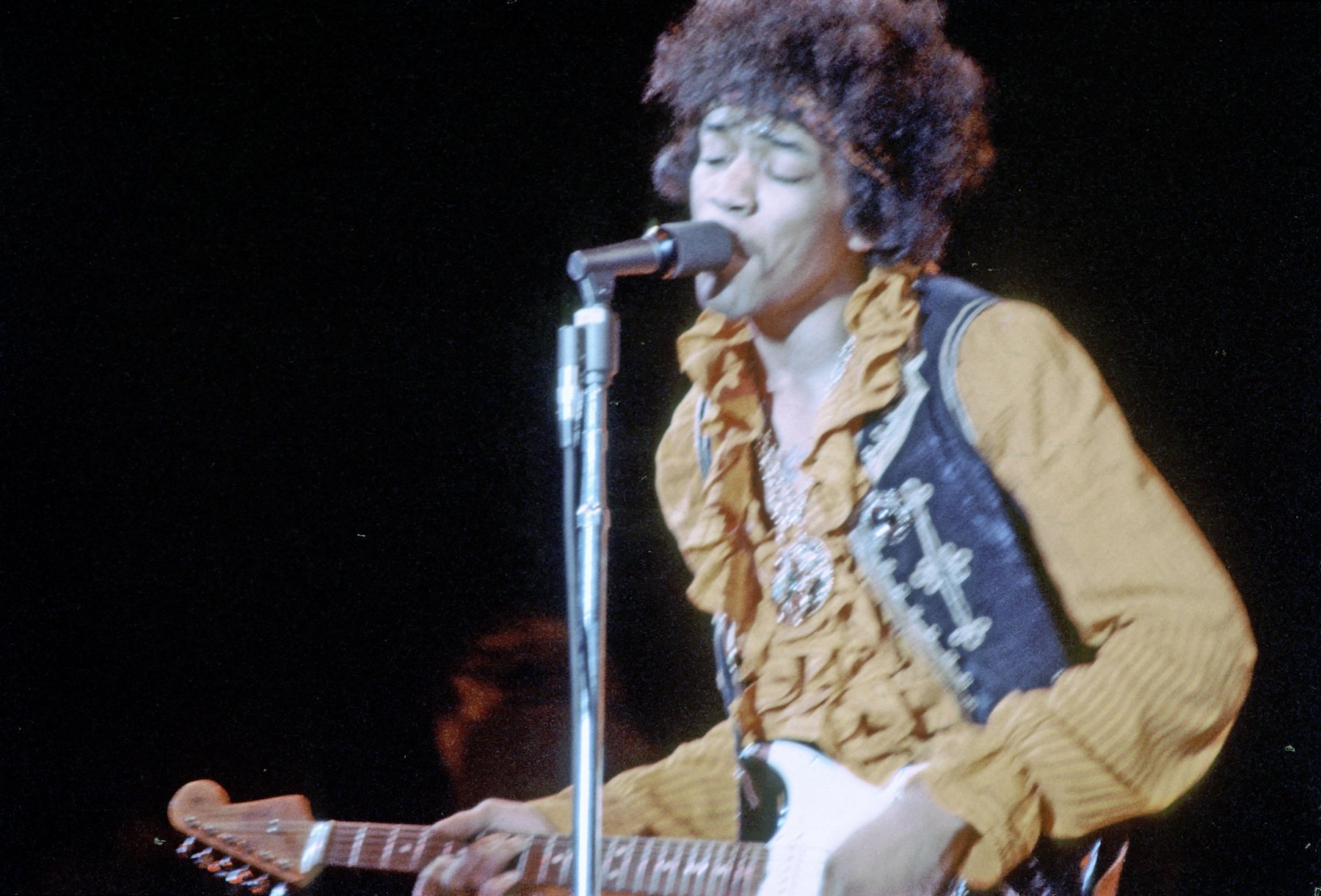




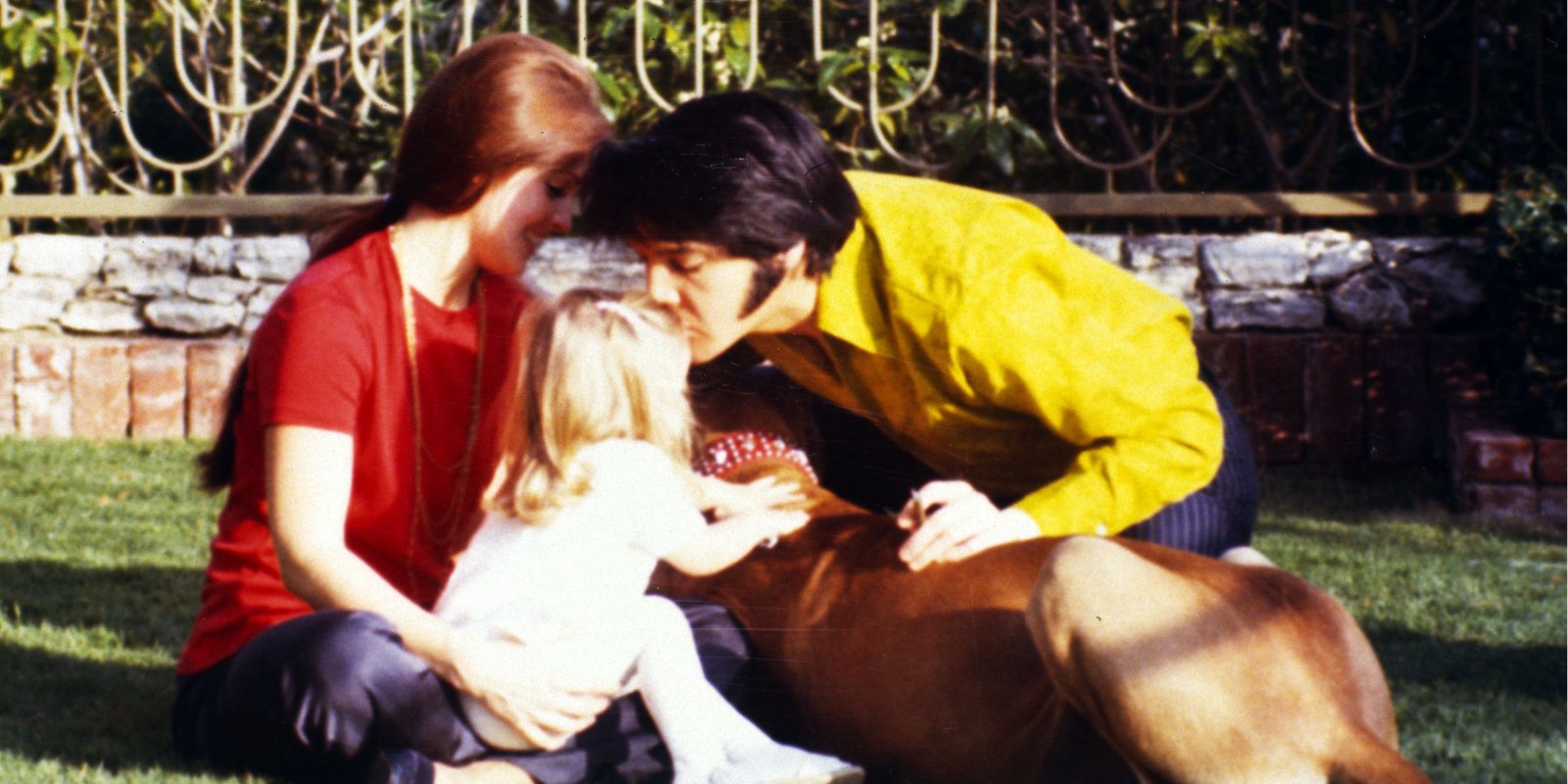



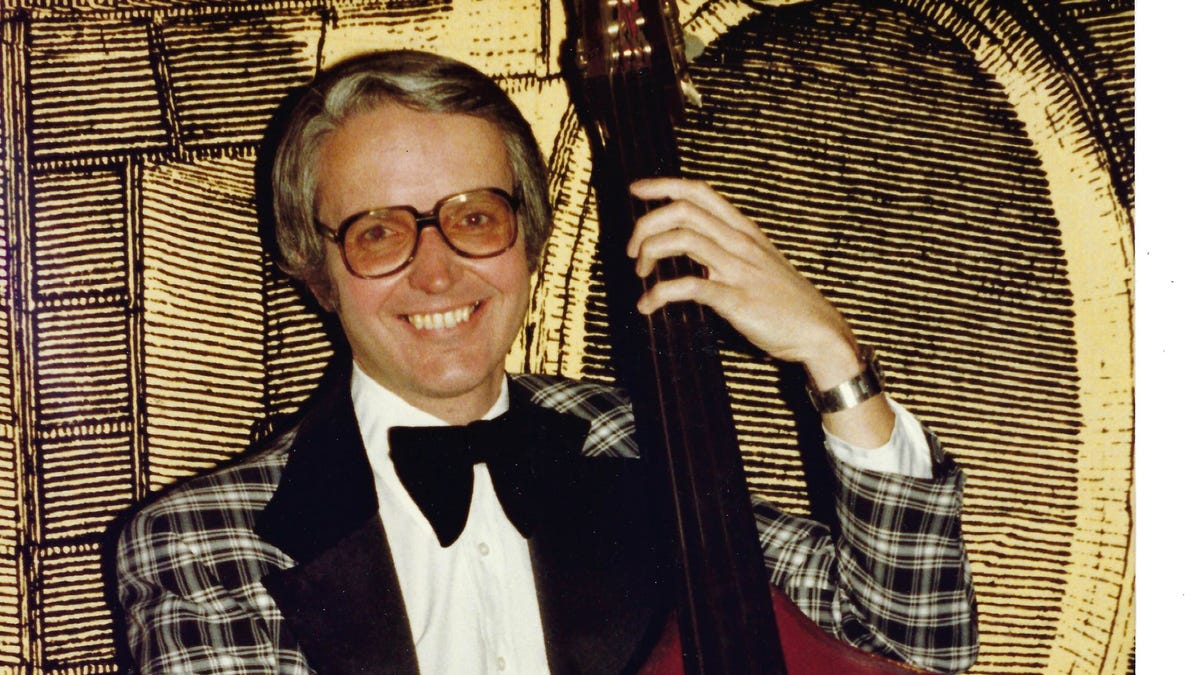





 English (US)
English (US)